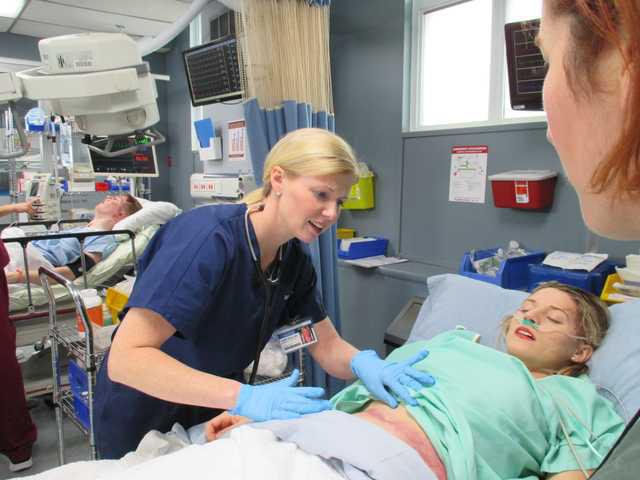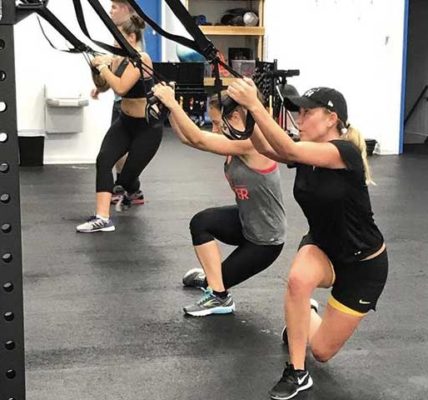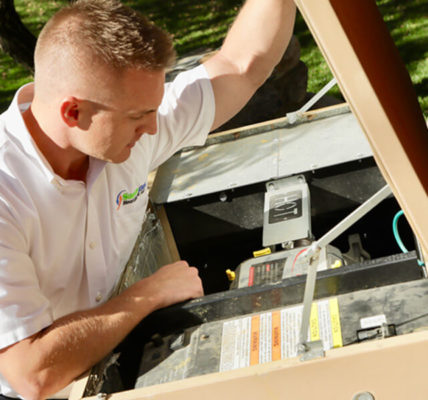Durable Medical Equipment (DME) encompasses a wide range of devices designed to provide essential support and assistance to individuals with mobility impairments, chronic medical conditions, or disabilities. Among the most common types of DME are wheelchairs, walkers, and mobility scooters, which play vital roles in enhancing mobility, independence, and quality of life for individuals with limited mobility. Let’s delve into the key features and benefits of these essential pieces of equipment:

- Wheelchairs: Wheelchairs are perhaps the most recognized and widely used mobility aids, providing mobility assistance to individuals with various mobility impairments or disabilities. These devices come in manual and powered (electric) variants, each offering unique benefits depending on the user’s needs and preferences. Manual wheelchairs, propelled by the user or a caregiver, are lightweight, portable, and versatile, making them suitable for both indoor and outdoor use. Powered wheelchairs, on the other hand, feature electric motors that enable users to navigate effortlessly over longer distances or uneven terrain, offering greater independence and freedom of movement.
- Walkers: Walkers, also known as Zimmer frames or rollators, are mobility aids designed to provide stability and support to individuals with balance or walking difficulties. These devices typically consist of a lightweight frame with handgrips, adjustable legs, and wheels for easy maneuverability. Walkers come in various configurations, including standard walkers with four legs, wheeled walkers with two or more wheels, and rollators equipped with seats and storage compartments. By providing stability and assistance while walking, walkers help individuals maintain an active lifestyle, reduce the risk of falls, and improve overall mobility and confidence.
- Mobility Scooters: Mobility scooters are battery-powered vehicles designed to provide individuals with mobility impairments or disabilities greater independence and autonomy. These scooters feature a comfortable seat, handlebars or a tiller for steering, and a battery-powered motor for propulsion. Mobility scooters come in various sizes and configurations, including compact travel scooters, mid-size models, and heavy-duty scooters capable of traversing rough terrain or longer distances. With features such as adjustable seats, tillers, and armrests, mobility scooters offer customizable comfort and convenience to users, allowing them to navigate their surroundings safely and efficiently.
DME plays a crucial role in enabling individuals with mobility impairments or disabilities to lead active, independent lives and participate fully in their communities. By providing essential support and assistance, wheelchairs, walkers, and mobility scooters empower users to overcome mobility challenges, maintain their mobility and independence, and enhance their overall quality of life. Whether navigating through daily activities, accessing healthcare services, or enjoying recreational pursuits, DME serves as a vital lifeline for individuals with mobility limitations, facilitating greater mobility, autonomy, and inclusion in society.
In addition to wheelchairs, walkers, and mobility scooters, other types of DME include hospital beds, patient lifts, oxygen equipment, and prosthetic devices. Hospital beds are specially designed to provide comfort and support for patients with medical conditions that require extended periods of bed rest or immobilization. Patient lifts are mechanical devices used to transfer individuals with limited mobility safely from one location to another, such as from a bed to a wheelchair or bath. Oxygen equipment, such as oxygen concentrators and portable oxygen tanks, delivers supplemental oxygen to individuals with respiratory conditions to improve breathing and alleviate symptoms.
Prosthetic devices are artificial limbs designed to replace missing or amputated body parts, enabling individuals to regain mobility and function according to MirrorReview. These devices come in various types, including prosthetic arms, legs, hands, and feet, each customized to the individual’s unique needs and anatomy. By restoring lost limb function and appearance, prosthetic devices help individuals adapt to their new circumstances, regain independence, and resume their daily activities with confidence. Overall, DME plays a critical role in improving the quality of life for individuals with mobility impairments, chronic medical conditions, or disabilities, empowering them to live more active, independent, and fulfilling lives.









